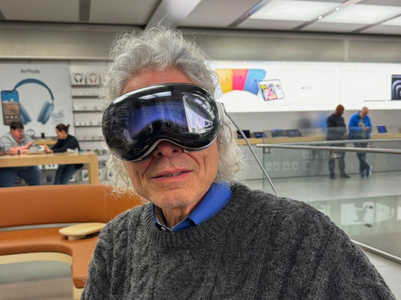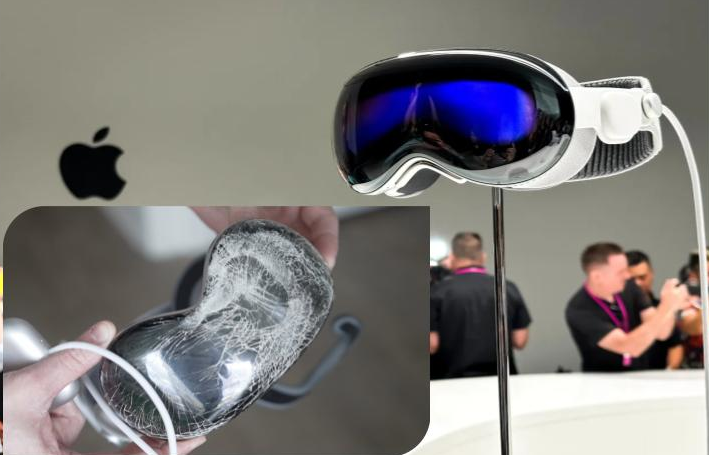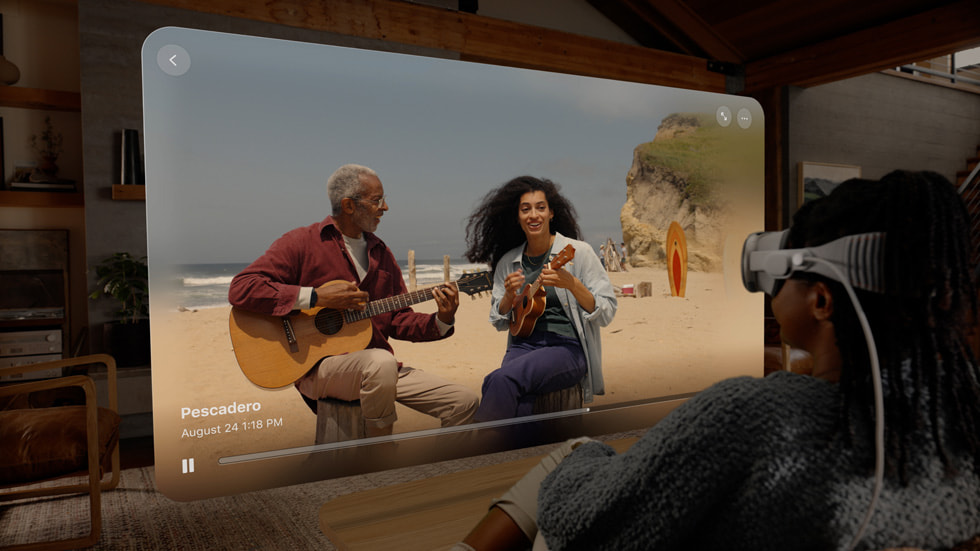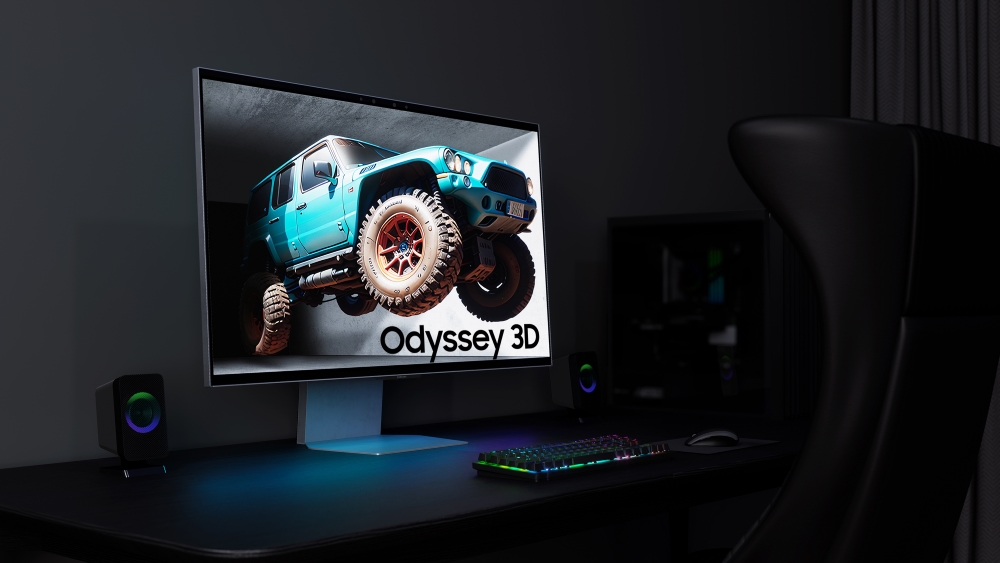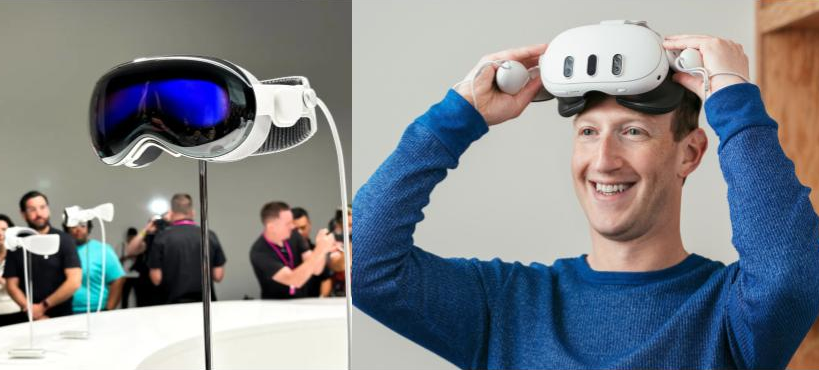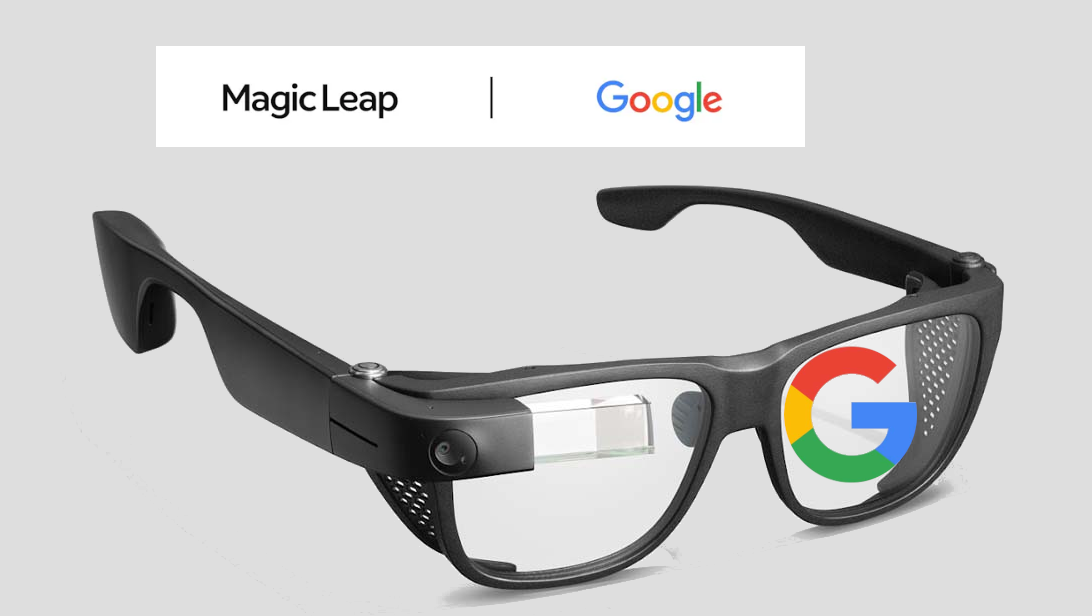Steven Pinker, besides being an author and psychology professor, is also a passionate stereo photographer. This likely influenced his decision to try the Apple Vision Pro headset and share his experience. Although he acknowledges its capabilities and the immersive spatial video experience, he comes to the conclusion that it is prone to failure and will not be widely adopted.
Historical Tour
Steven Pinker released a video talking about the new Apple headset, which takes us on a historical journey about human attempts at stereoscopic (3D) vision.
Currently, some cinemas offer 3D movies in which the viewer wears special glasses that display slightly different images to each eye, creating the illusion of depth. The same idea has been around since the 19th century, A wooden stereoscope was used to display images to each eye. People were enthusiastic about it at first, but they quickly abandoned it and went back to 2D photography. This is because seeing the third dimension does not justify the discomfort of using such device.
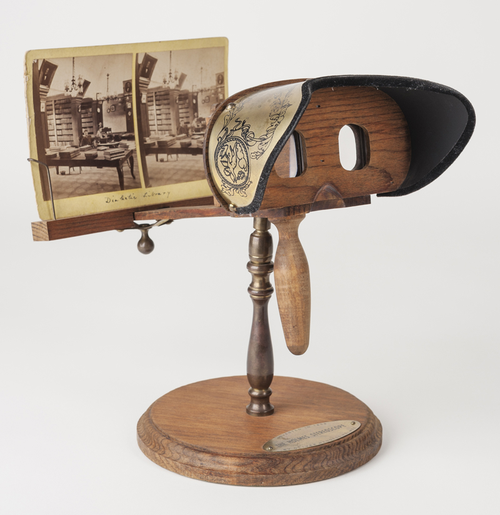
Then there were many attempts to revive 3D photography, but they always failed. 15 years ago, 3D TVs began to appear, which also requires wearing special glasses, but people quickly abandoned it because wearing glasses was not comfortable and they did not find that seeing the third dimension justified this discomfort.
Vision Pro Experience
Pinker highlights his interest in the Vision Pro experience, particularly the ability to surround users with virtual screens. And he sees that watching spatial videos is the killer application of the headset, which gives the viewer a unique sense of presence within the scene.
However, Pinker finds communication while wearing the headset to be somewhat fake. The external screens display only the user’s eyes, neglecting the upper facial area, which plays a crucial role in human interaction. Additionally, we do not see the world through the headset exactly as we see it without it.
He also complained of pain in his nose and discomfort caused by the weight of the headset. Looking at previous historical experiences, we find that discomfort was a sufficient reason for people to abandon stereoscopic vision devices, as the immersive experience does not justify enduring the discomfort. Thus, Vision Pro will not conflict with history and biology. User comfort has always been more important than the dazzling experience of 3D vision.
Pinker did not end his talk by saying that these annoying aspects must be improved in order for Vision Pro to be widely adopted, as if he did not see the possibility of this happening.
It is noteworthy that many of the early Vision Pro buyers suffered from various symptoms and could not bear wearing it for long periods. Also, a previous study concluded that all of these VR/AR headsets have not yet lived up to expectations, and using them at work reduces productivity rather than increases it.
